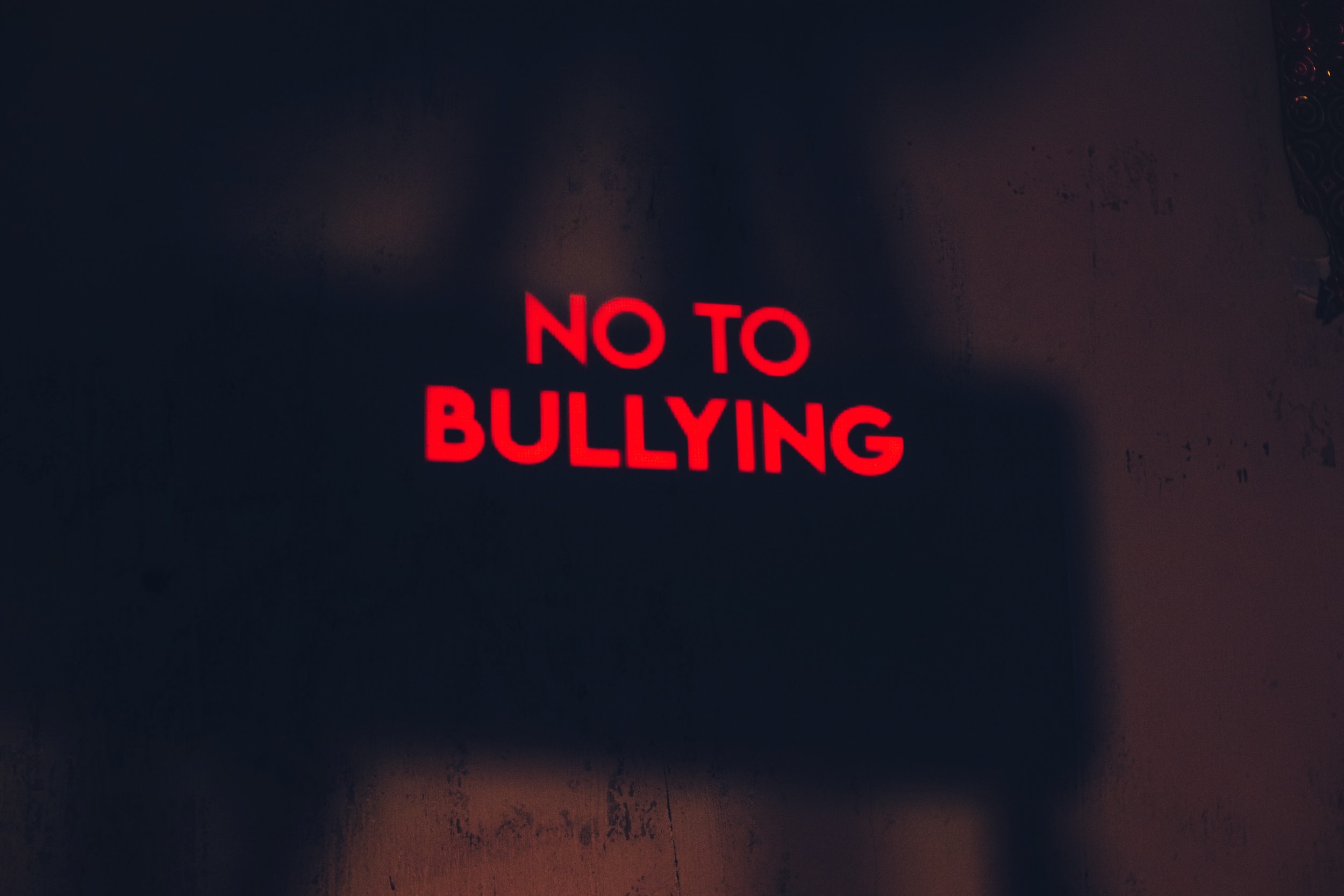Bullying Prevention and How to Stand Up Against It
Bullying is a pervasive issue that affects individuals of all ages, backgrounds, and genders. It can happen in schools, workplaces, communities, and online spaces. The consequences of bullying can be severe, ranging from emotional distress to long-term psychological scars. In this article, we will explore bullying prevention strategies and how to stand up against this harmful behavior, fostering a safer and more inclusive environment for everyone.

Understanding Bullying
Before delving into prevention strategies, it's essential to understand what bullying is:
Bullying is characterized by repeated aggressive behavior aimed at causing harm, distress, or fear in another person. It often involves an imbalance of power, where the bully exerts control over the victim. Bullying can take various forms, including verbal, physical, relational, and cyberbullying.
The Impact of Bullying
Bullying can have profound and lasting effects on individuals, including:
Emotional Distress: Victims of bullying often experience anxiety, depression, and low self-esteem.
Academic or Work Consequences: Bullying can negatively impact a person's academic or work performance.
Physical Health: It can lead to physical health problems, including headaches, stomachaches, and sleep disturbances.
Isolation: Victims may withdraw from social activities, leading to feelings of loneliness and isolation.
Long-Term Effects: Bullying can leave lasting emotional scars that affect a person's well-being well into adulthood.
Bullying Prevention Strategies
Preventing bullying requires a multi-faceted approach involving individuals, schools, workplaces, and communities. Here are some key strategies:
1. Raise Awareness:
Promote awareness of what constitutes bullying and its harmful effects. Education is the first step toward prevention.
2. Foster a Culture of Inclusion:
Create inclusive environments that celebrate diversity and discourage discrimination.
3. Implement Policies and Procedures:
Schools and workplaces should have clear anti-bullying policies and procedures in place. Ensure that these policies are consistently enforced.
4. Provide Training:
Train educators, staff, and employees on how to recognize, prevent, and respond to bullying.
5. Encourage Reporting:
Create safe and confidential reporting mechanisms for individuals who experience or witness bullying.
6. Support Victims:
Provide support and resources to victims, including counseling and mental health services.
7. Promote Empathy:
Teach empathy and conflict resolution skills to children and adults alike.
8. Involve Parents and Caregivers:
Engage parents and caregivers in bullying prevention efforts and provide resources to help them address bullying at home.
Standing Up Against Bullying
1. Be an Active Bystander:
If you witness bullying, don't be a passive bystander. Intervene by speaking up, offering support to the victim, or reporting the incident.
2. Use Assertive Communication:
If you experience or witness bullying, calmly but assertively express your disapproval of the behavior. Avoid responding with aggression.
3. Document the Bullying:
Keep a record of bullying incidents, including dates, times, locations, and descriptions of what occurred. This documentation can be useful for reporting.
4. Report to Authorities:
If the bullying persists or escalates, report it to the appropriate authorities, such as school administrators, HR departments, or law enforcement, as needed.
5. Seek Support:
Don't hesitate to seek support from trusted friends, family members, or professionals if you experience bullying. You don't have to face it alone.
6. Practice Self-Care:
Focus on self-care to manage the emotional toll of bullying. Engage in activities that help reduce stress and maintain your well-being.

Conclusion
Bullying is a pervasive issue that affects individuals and communities, but it is not insurmountable. With education, awareness, and collective action, we can prevent bullying and create environments where respect and empathy thrive. Everyone has a role to play in standing up against bullying, whether as an active bystander, victim, or concerned community member. By working together, we can make a positive difference and promote a safer, more inclusive world for all.
Sources
To learn more about bullying prevention and support, consider exploring the following sources: